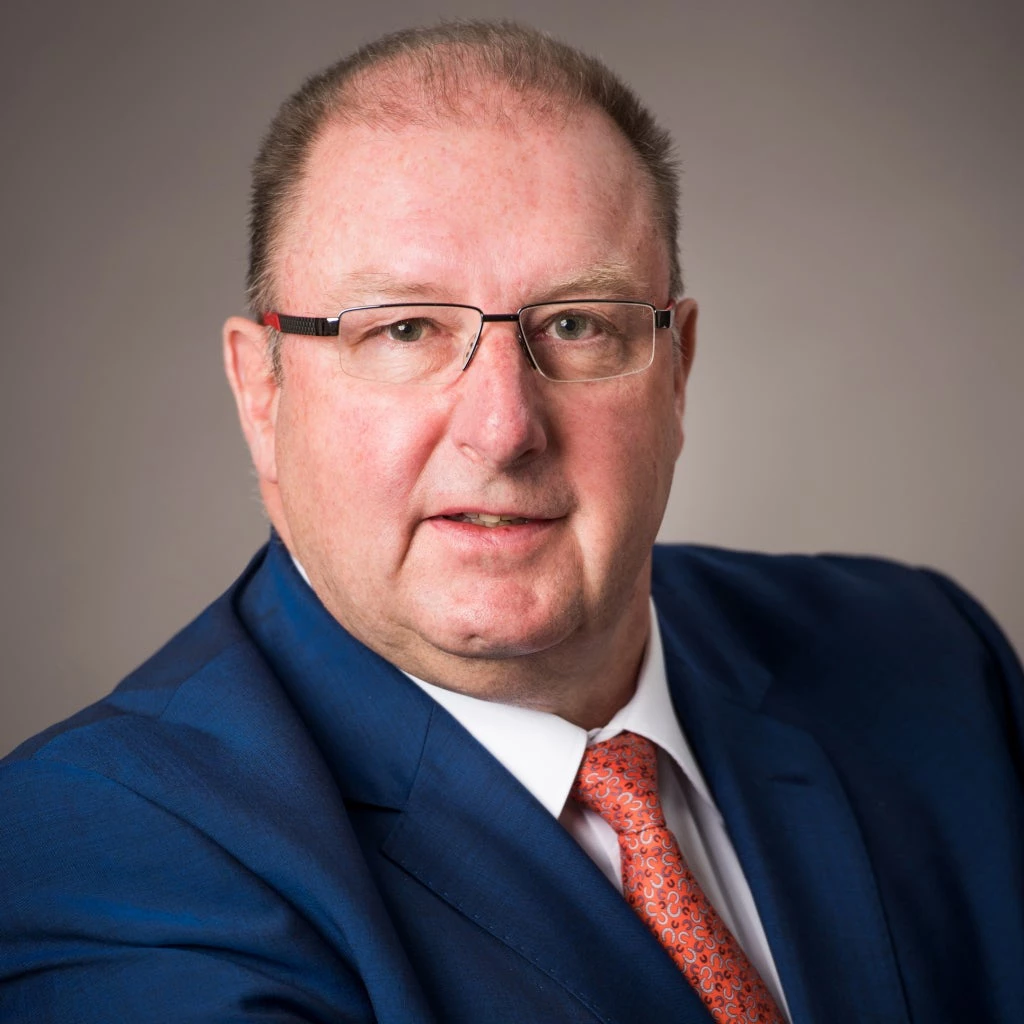 Road crash deaths and injuries in South Asia disproportionately affect the poor and most vulnerable, including children and youth. Photo: Meeh / Shutterstock.com
Road crash deaths and injuries in South Asia disproportionately affect the poor and most vulnerable, including children and youth. Photo: Meeh / Shutterstock.com
Every time I cross the jammed roads in South Asia, I am reminded how dangerous and even deadly they are for hundreds of thousands of people in the region.
With just 10 percent of the world's vehicles, the region accounts for more than a quarter of global traffic deaths. Many crash victims are pedestrians, cyclists, or motorcyclists, and road crash deaths and injuries disproportionately affect the poor and most vulnerable, including children and youth.
This is simply too many lives lost, too many homes and dreams broken, and the cost of inaction is just too high.
In late February, I joined the 3rd Global Ministerial Conference on Road Safety in Stockholm that wrapped up with a declaration calling for stronger political will, international cooperation, and partnerships across society to halve the number of traffic crash deaths over the next decade.
Taking stock of 10 years of global road safety action, the event gathered some 80 Ministers and delegations from around the world, who rightfully acknowledged the inroads made in raising the visibility of road safety globally.
But despite this progress, the conference stands as a stark reminder that the last decade did not achieve the target of halving the number of road crash fatalities and we need to step up our game to stop the global road safety crisis that is taking an enormous human and economic toll. A visceral visualization of which was the thousands of shoes piled up in Stockholm’s Central Railway station, each pair representing yet another road crash victim.
With just 10 percent of the world's vehicles, the region accounts for more than a quarter of global traffic deaths- many crash victims are pedestrians, cyclists, or motorcyclists.
To end the scourge of road crash fatalities, countries in South Asia must invest more strategically to manage road safety. They must look at ways to design safer vehicles and roads. They must improve emergency response systems, share data on road crashes, and increase awareness about road fatalities and how to prevent them.
Every year, 1.35 million people lose their lives on the road across the world; millions more are seriously injured, and many are left permanently disabled as a result. Globally, annual crash-related costs in developing countries are estimated at 2 to 5 percent of national Gross Domestic Product.
A new World Bank report shows that it will take a combined investment of $118 billion in Bangladesh, Bhutan, India, and Nepal to halve road crash deaths by 2030. This is undoubtedly a hefty sum, but it is also a vital, long-term investment that will save countless lives and contribute $1.2 trillion in estimated benefits to South Asian economies over a decade—the equivalent to 3.75 percent of regional GDP.In this effort, countries in South Asia must take a two-pronged approach – working to enact and enforce laws to improve the safety of their roads while simultaneously working with their regional neighbors to enhance data collection and boost coordination between police and other state agencies.
A new World Bank report shows that it will take a combined investment of $118 billion in Bangladesh, Bhutan, India, and Nepal to halve road crash deaths by 2030.

At the World Bank, we have significantly changed our approach to road safety, ensuring that any infrastructure project we support has a mandatory road safety component. We are also currently designing a stand-alone road safety project in India. World Bank Group support to road safety has increased fourfold since 2006, averaging $223 million per year.
Furthermore, grant funding for road safety is provided through the Global Road Safety Facility, which is supported by contributions from UK Aid, CITA, Bloomberg Philanthropies, and Total Foundation.
We are also working in close collaboration with the UN Road Safety Trust Fund, the UN Special Envoy for Road Safety, the Fédération Internationale de l'Automobile, and other multilateral agencies like the Asian Development Bank.
The newly created Asia-Pacific Road Safety Observatory, which includes committed South Asian members such as Bangladesh, India, Pakistan, Sri Lanka, and Nepal, will be of great value to harmonize road safety data , develop local centers of excellence on road safety, support policies, and improve regional performance on road safety.
Significant initiatives are also underway around the region.
Above all, it will take the collective action of governments, in coordination with the international donor community, the private sector, civil society, and all stakeholders to move a needle of this magnitude.
India just amended its Motor Vehicles Act and is now focusing its activities at the national level on data collection, enforcement, and building robust road safety audit requirements. Bangladesh has considerable potential to improve its road safety performance over the coming decade and signs of progress are emerging: the new Road Transport Act 2018 and the updated National Road Safety Strategic Action are positive steps toward better road safety.
All these actions contribute to achieving the Stockholm Resolution of halving road crashes by 2030. But on their own, they are not enough.
Fortunately, we have the data, the skills, and a roadmap in place. All we need now is resolute political action. To win the road safety battle and save millions of lives, the World Bank stands ready to support its South Asian client countries every mile of the way.


Join the Conversation